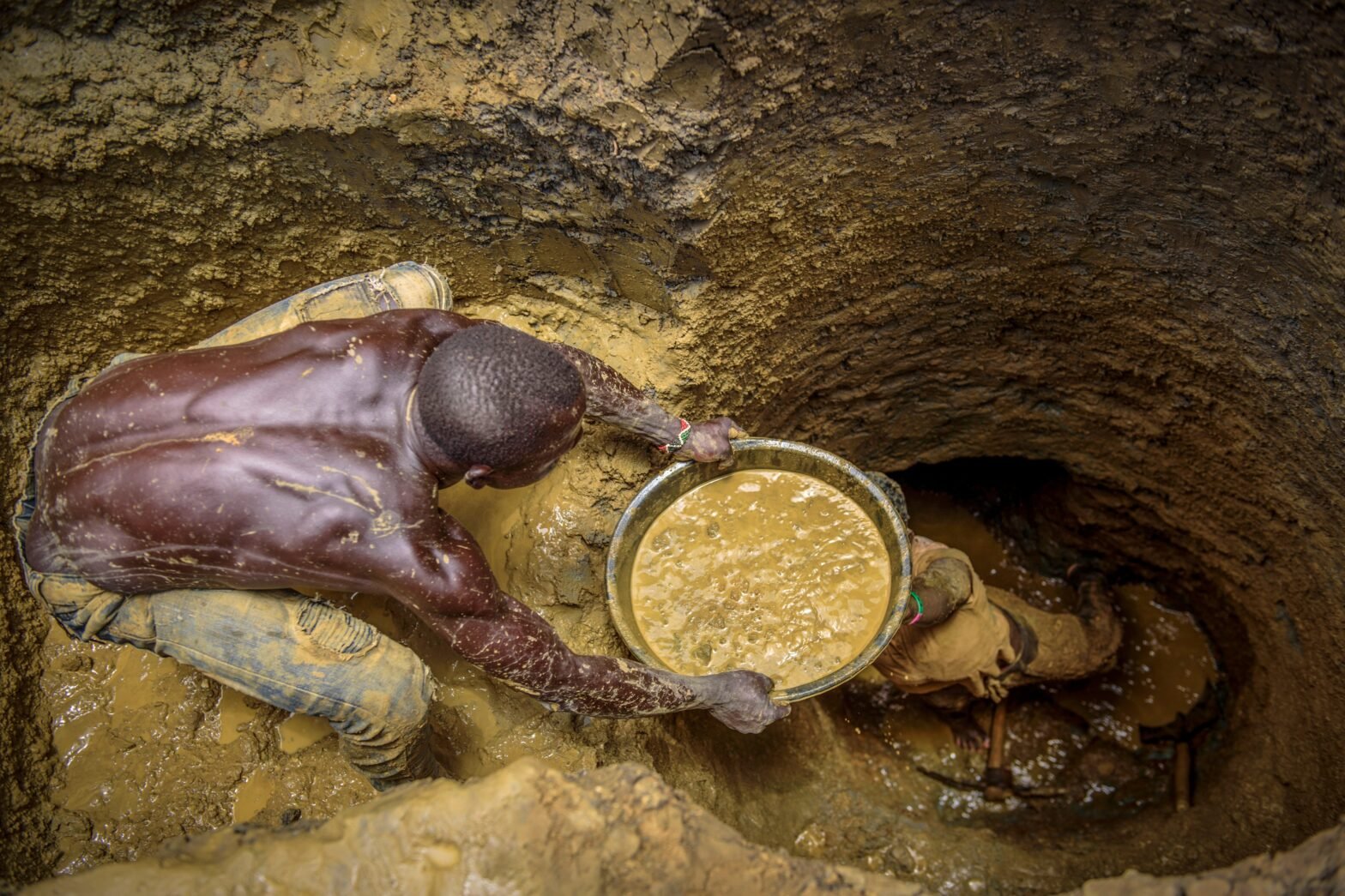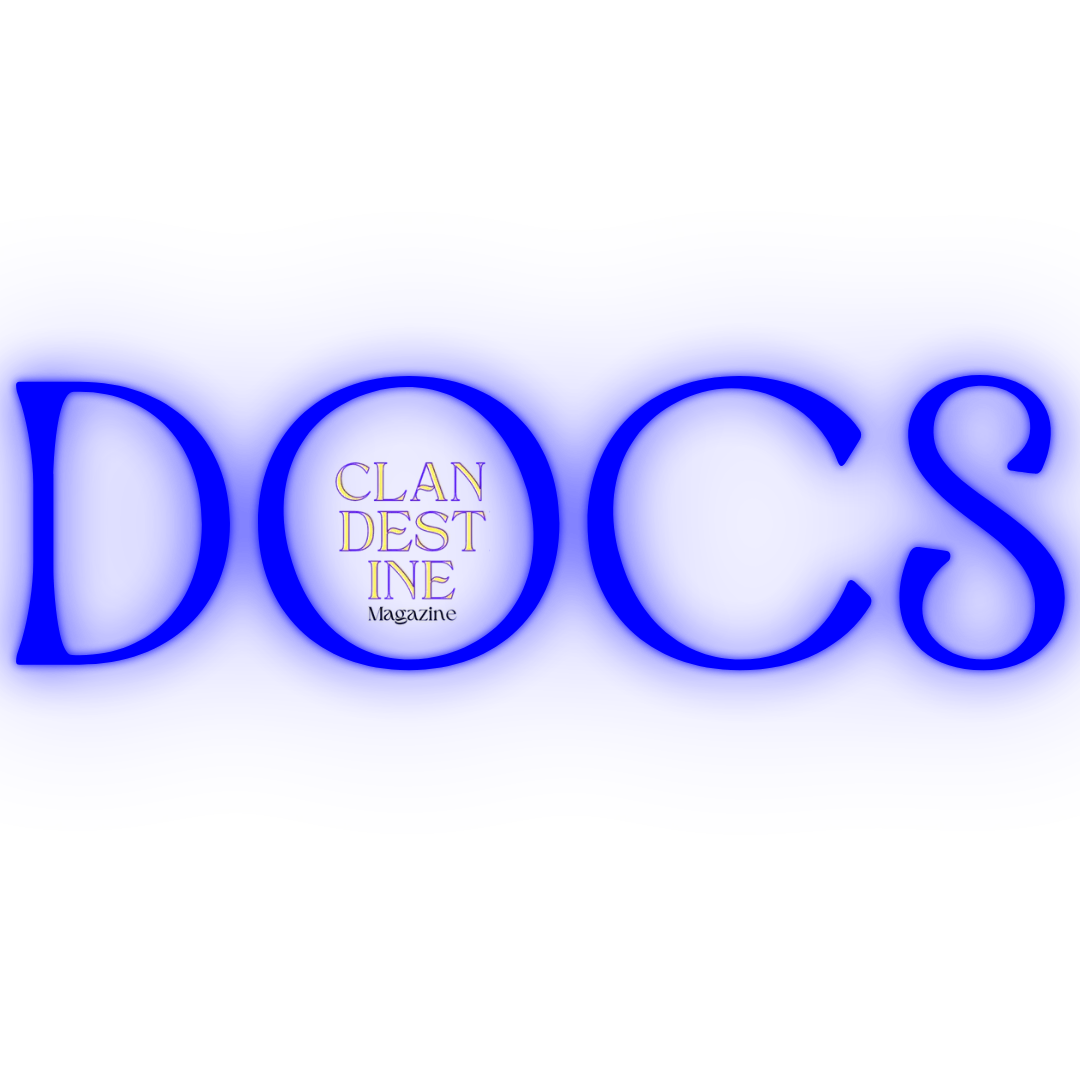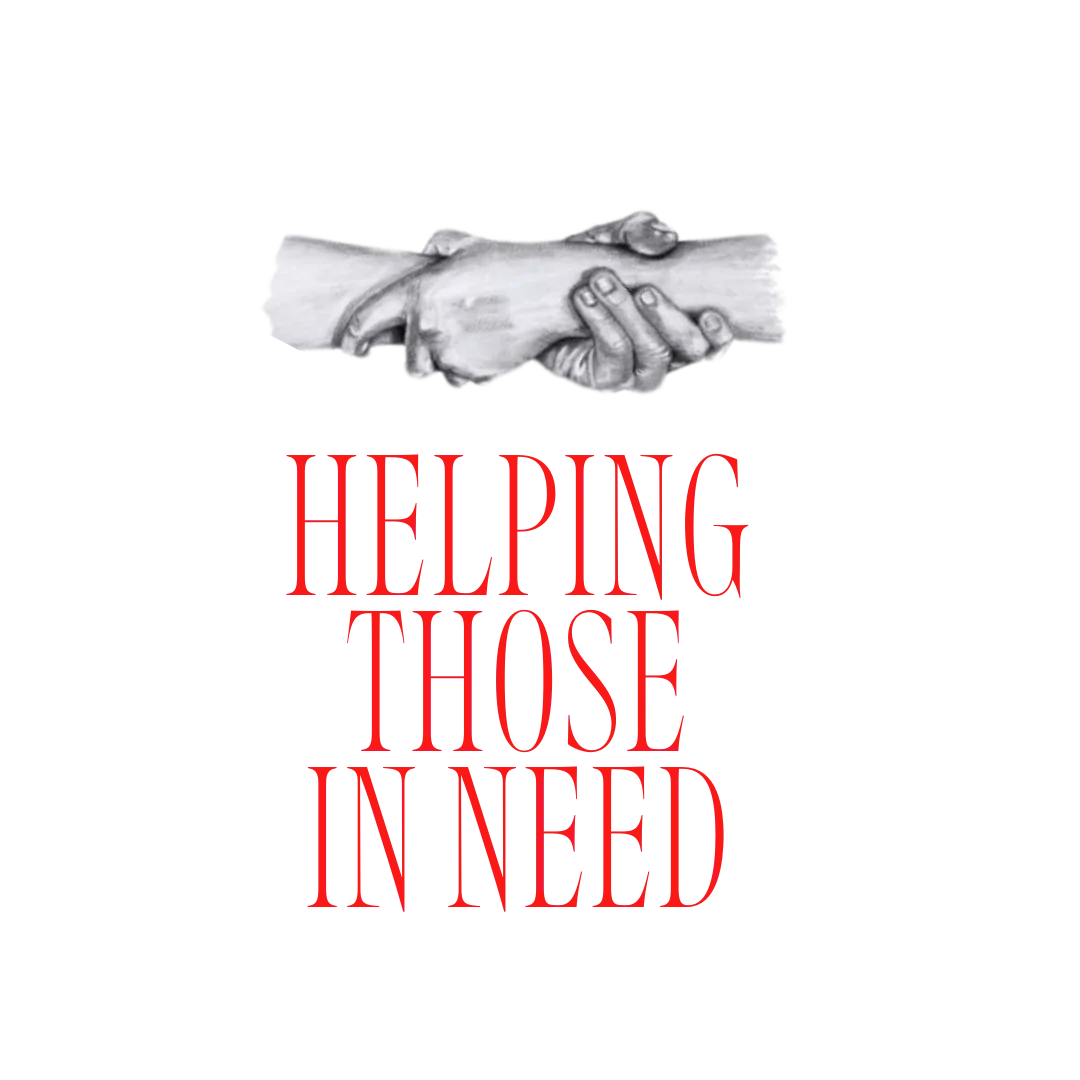Russia has quietly built a sprawling billion-dollar network across Central and West Africa. Its secret weapon is a mix of mercenaries, resource deals, and shadowy trading companies that funnel money directly to Kremlin-linked paramilitaries and indirectly to Moscow itself. Wagner Group and now its successor Africa Corps operate at the heart of this system, blending military power with economic extraction in a modern form of neocolonialism.
Instead of occupying territory outright, Moscow leverages instability across the region. Kremlin-linked mercenaries provide regime security in return for access to mines, artisanal sites, and resource concessions. In doing so, they create dependency loops. African states gain short-term protection while the Kremlin extracts gold, uranium, manganese, and other minerals. These resources are then sold abroad, bypassing Western sanctions, and funding Russia’s war in Ukraine.
Gold is at the centre of this operation. Its high value, portability, and fungibility make it ideal for sanctions evasion. Once melted or re-stamped, its origins are untraceable. Extracted gold is flown to hubs in Syria, the United Arab Emirates, Turkey, and sometimes Russia, where it is sold for hard currency to sustain Moscow’s war effort.
The Wagner Group has been deeply embedded in Mali, the Central African Republic, and Sudan. After Yevgeny Prigozhin’s failed mutiny in June 2023 and subsequent death, Wagner’s presence waned, with Africa Corps stepping in. These mercenaries secure regimes against insurgencies and rebellions, often in exchange for mining licenses. The scale is staggering. The World Gold Council estimated in 2024 that Wagner raised 2.5 billion dollars from illicit gold mining since Russia invaded Ukraine, money that directly fuels military operations, buys weapons, and pays troops.
Mali is the crown jewel. Following France’s withdrawal in 2022, Russia’s Africa Corps stepped in, taking over much of the country’s security provision for an alleged ten million dollars per month. The Intahaka gold mine in Gao, seized from Tuareg rebels in February 2024, employs around 4,000 miners and has the potential to produce 30 to 60 tonnes annually if industrialized. By controlling sites like this, Russia converts local resources into strategic capital for its war machine. Beyond Mali, Russia is expanding across the Sahel. In Burkina Faso, Kremlin-linked firms are negotiating access to gold and manganese mines, while in Niger, Moscow is pursuing the country’s uranium reserves.
Sudan is another strategic node, connecting the Sahel resource corridor to the Red Sea. Amid civil war, Russia hedges politically between the RSF and SAF, ensuring continued access to gold and strategic ports like Port Sudan. Wagner has trained RSF troops, supplied drones, and moved minerals across networks spanning Darfur to Latakia in Syria and Bangui in the Central African Republic. These operations funnel African wealth straight into the Kremlin’s war economy.
At the centre of this network is M-Invest. It is best understood as a cover company for the economic activities of Russian paramilitary groups, such as Wagner and Africa Corps. Originally founded in 2017, the company acts as a front for mining and trade, holding local subsidiaries that extract gold, diamonds and minerals. For example, Meroe Gold Co. Ltd. in Sudan is a subsidiary for M-Invest which operates mines in the Nile and Darfur region, whilst Lobaye Invest SARL operates out of CAR. Whilst not formally linked to M-Invest, the Kremlin has set up a separate entity in Mali called Yadran Group to oversee industrial construction and gold mining.
Russia’s model is modern neocolonialism. It exploits political instability, extracts resources, and uses them to generate funds for its own conflicts. African states trade sovereignty for short-term protection while Moscow turns gold into bullets and chaos into leverage. By embedding itself in African economies and militaries, Russia sustains its war in Ukraine while consolidating a novel form of influence on the continent. The system mirrors colonial-era extraction but is more nuanced, profiting from instability while masking the human and financial costs.





















